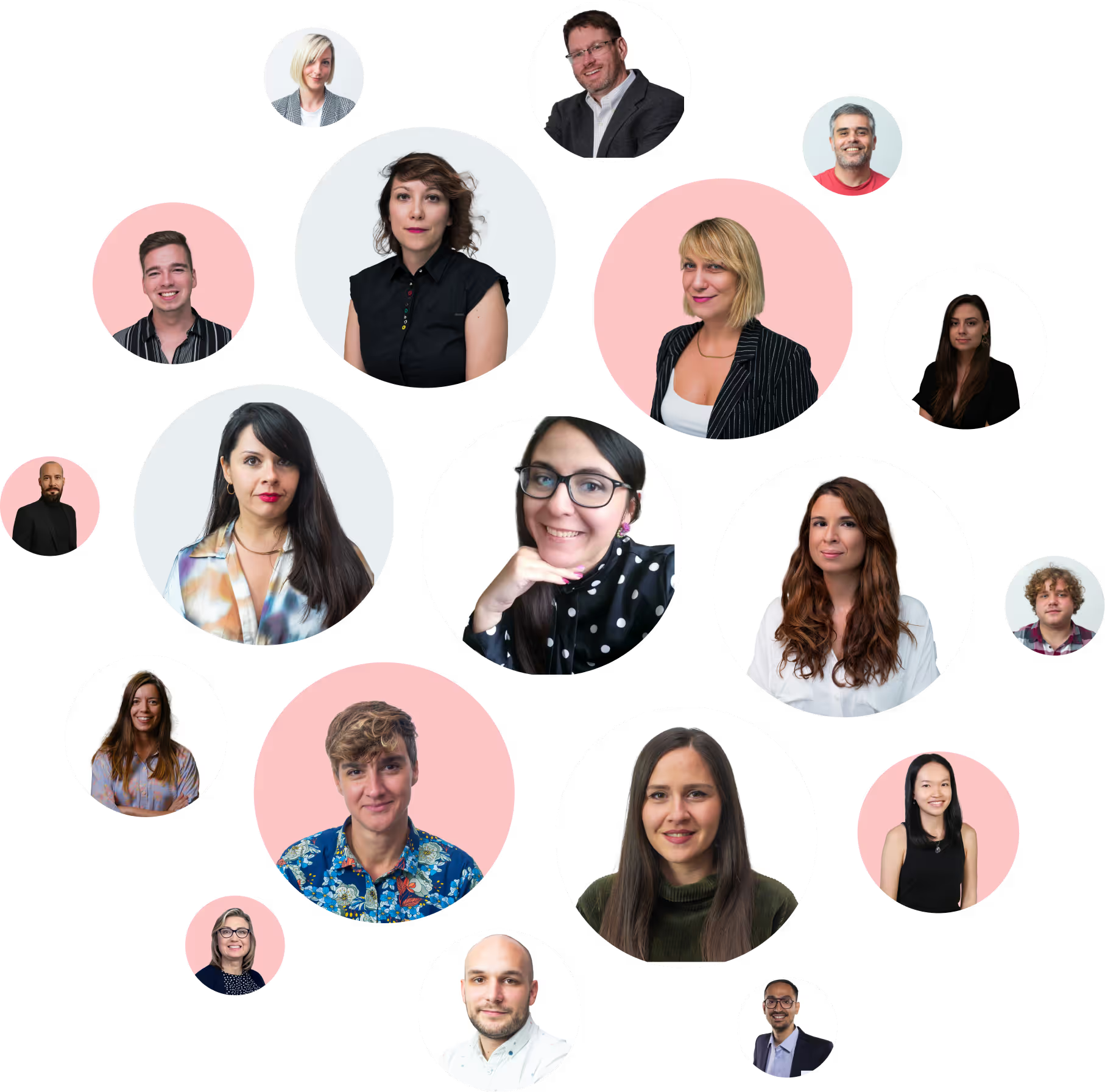
Inside Davos: What’s next for AI and global decision-making
The early bird catches the worm—especially in Davos during the World Economic Forum 2025, where, in just four days, you can casually pass by world leaders, from government officials to top executives of global companies, NGO representatives, and our fellow Insights colleagues. That’s why it wasn’t a problem for me and my colleague, Johan Vrancken, to hit the promenade at 5 a.m. on our way to register for the incredible Insights Lighthouse event.

Walking past the pavilions of major tech companies like Meta, Palantir, and Amazon, alongside those of governments such as various Indian states, Emirates and Saudi, I understood why this year’s theme was Collaboration in the Age of Intelligence. Whether we like it or not, we are all interconnected within a vast, multidimensional network shaped by technology—one that can either spiral into chaos or foster meaningful collaborations that redefine the future for the better. But the road ahead won’t be without its challenges, as we’ve already seen with TikTok in the US.

As I was processing that thought, we passed randomly on the street by European Central Bank President Christine Lagarde, who later that day tackled several pressing issues, from Europe's strategy to attract skilled talent and preparing for potential U.S. tariffs to negotiating trade disputes and ensuring economic resilience amid global uncertainties.
With so much insight packed into our time in Davos, this is my attempt at a meaningful data offload—one that will hopefully provide some valuable input for your own algorithms. And I’ll start with what matters most: the need for decisive action to ensure we emerge on the right side of the AI revolution.
What we actually know about AI

During Insights Lighthouse WEF 2025 event, Deepak Chopra and Betul Susamis Unaran, CCO and Executive Leadership Team member at Unilabs, shared groundbreaking insights on AI’s role in healthcare. One of the most remarkable examples was AI’s contribution to COVID-19 vaccine development—in just 46 days. Beyond that, AI is revolutionizing healthcare through:
- Personalization & Precision Medicine – Tailoring treatments to individual patients based on genetic and environmental factors.
- More Effective Treatments – Enhancing drug development and targeted therapies.
- The Duo of Efficiency and Effectiveness – Making medical care faster and more impactful.
- Radiologist Accuracy Increased by 20% – AI-driven diagnostics are significantly improving medical imaging.
- Next-Gen Medicine – From gene editing to microbiome regulation, AI is paving the way for breakthroughs in treating heart disease, cancer, and chronic conditions.
Now, pair these advancements with the new light that Deep Seek has shed on AI, and it becomes clear: this revolution will be like no other.
Collaborative Decision-Making: Insights as a Compass for Truth
As Deepak Chopra said, “to be human is to tell stories and to build tools”. Right now, a revolutionary AI tool is here, but although it is already in use, there’s still so much we don’t understand—untapped potential waiting to be unlocked, new stories yet to be told. That is why we must decide wisely what stories we are telling.

In a world where the definition of truth can feel increasingly fluid, insights professionals should embrace their true role as essential custodians of truth. Their job is to bridge gaps, connect people, and preserve shared truths that underpin effective collaborations. By fostering honest conversations and ensuring transparency, insights help build a foundation of trust and authenticity that strengthens partnerships. Truth isn’t static—it’s a collective responsibility, requiring ongoing dialogue and vigilance to keep it alive and relevant.

This commitment to truth directly informs collaborative decision-making. With over 35,000 decisions made daily, organizations often suffer from “decision amnesia,” losing track of their choices and priorities. Collaborative decision-making, rooted in shared truths, is key to overcoming this challenge. By establishing decision councils and promoting transparent dialogue, stakeholders can align their priorities, clarify their goals, and make impactful decisions. Collaboration isn’t just helpful—it’s essential for turning insights into actionable strategies that shape a better future.
Diversity is the engine of innovation
The strength of any collaboration lies in the diversity of its contributors. As we navigate this global transformation, staying open is not just a choice—it’s a necessity. Talent, education, technology, and perspectives each bring unique value, shaping solutions that are more innovative and resilient.

Leaders must actively cultivate environments where diverse voices are heard, and differing perspectives are embraced. Progress requires the willingness to challenge our own assumptions—especially when they stem from bias or stand in the way of meaningful change. For everything else, we can always rely on research and insights to guide the way forward.
Interested in learning more about AI in market research? Read about The use of AI models in mapping visibility and attention metrics.










